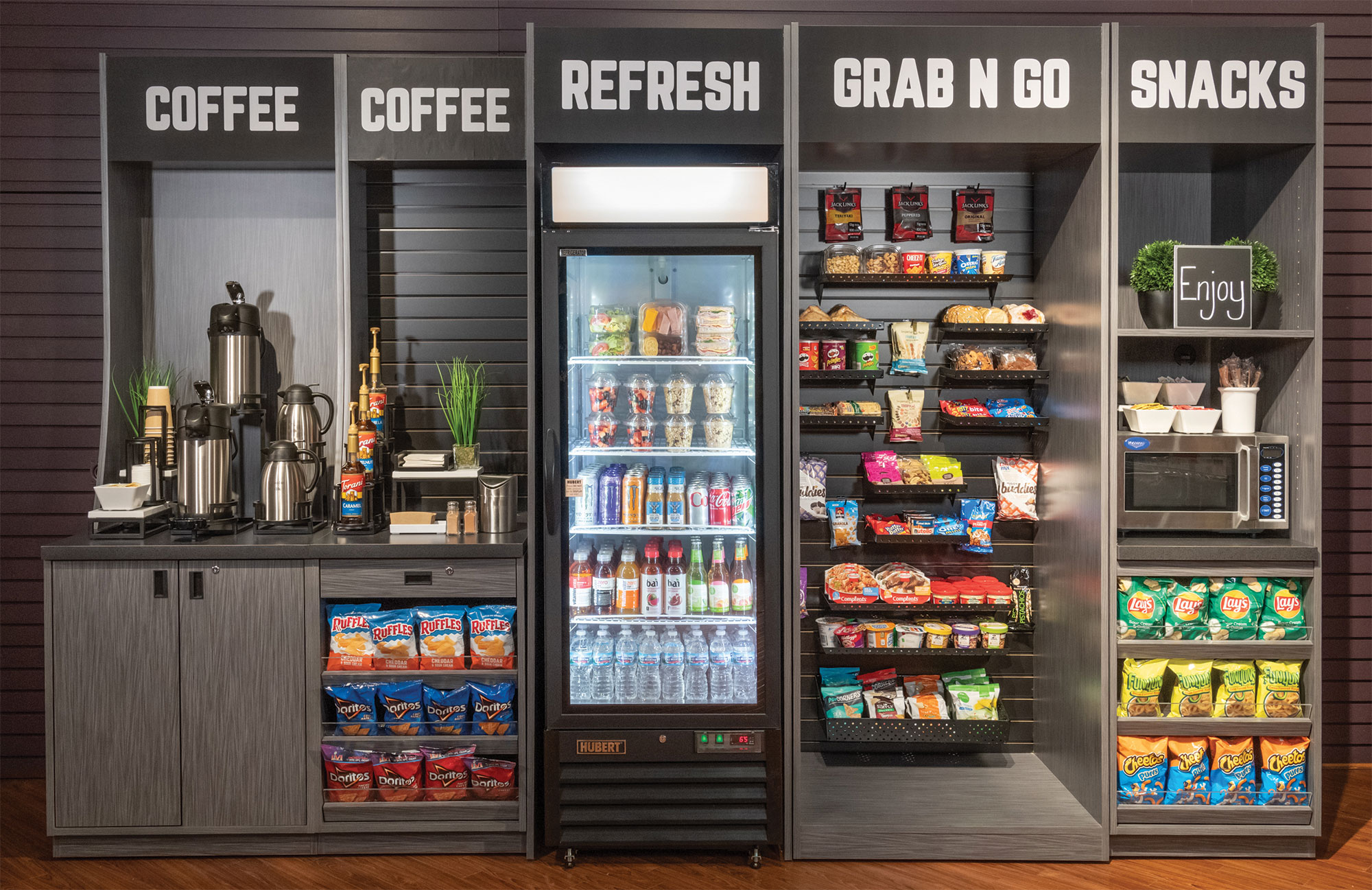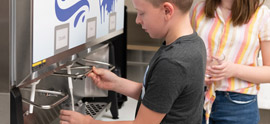
Shop All
All
Micro Markets
Bakeware
Packaging
Shelving, Racks & Floor Fixtures
Bar & Beverage
Equipment
Food Storage
Bakery Packaging
Commercial Refrigeration
Décor
Personalize My Experience
Recently Viewed






